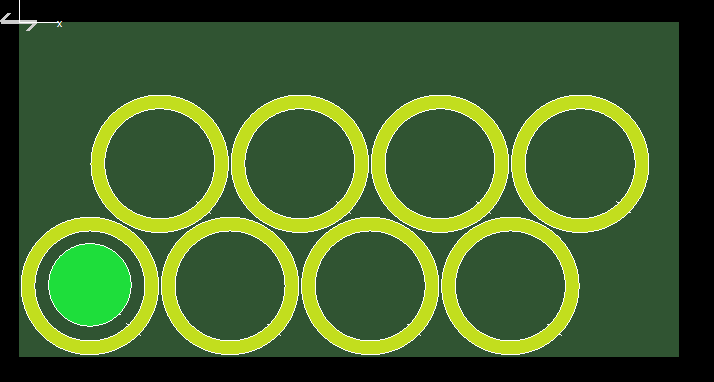A special type of (usually nested) quote can be generated from a (usually cut, or at least nested) job. This is useful when a job has been processed without first quoting it and invoicing is to be performed. If the job parts were nested together with parts from other jobs, while the nett charge is accurately calculated some imbalance in how the cut based costing is applied can result in parts from one job being more expensive than expected, while parts from another job are cheaper, especially in terms of the material charge.
A function has been added to “retrospectively” quote the job, called Quote From Job or QFJ. Right click on the active quote in the quote explorer at top left of the screen and select “Quote From Job”. This copies the job into a quote 9with extra processing , charges and discounts) and then copies all the nests onto duplicate dummy plates; but only the parts from the job under consideration are included on these duplicate nests; other parts are ignored/excluded. It will often be necessary to renest some of these copied plates to obtain a fair price as the excluded “other-job” parts will leave holes in the quote nests which will result in excessive material being charged. Croplines may need to be removed or modified as well.
Always check the QFJ nests visually for gaps before generating the quote!
QFJ Example
Consider the following nest of 8 rings (500OD, 400ID) for one customer, and a single disk for (Diameter 300) for another customer. In this case all the parts happen to have the same ship weight , though each ring clearly uses more plate than the disk. Being nested together, the material allocated is the expanded rectangle around the rings, and this allocated area is distributed based on part ship weight among all the parts, so each ring and the disk recieve 1/9 of the total allocated area/weight. The end result is that the disk has 19kg allocated to it for charging. If this disk was nested by itself (or a part based costing performed) the disk would only be allocated 7.5kg, ie the cut based allocation has “overcharged’ material to the disk by around 150%. The situation would be worse still if we decided to charge the full plate: the disk customer would be charged for 25kg of plate (ie 1/9 of the total plate weight), ie a 230% “overcharge”.
The overall charges are still fair however the allocation of those charges between different parts and thus jobs is based on ship weight of the parts, and in some cases this distribution can be “unfair.”

Similarly the rings customer gets a reduced material allocation due to the other part being nested inside. The allocation of material to a job can depend strongly on the other parts it is nested with.
In this case it would be wise at least for the disk customer to generate a QFJ to charge from, if the customer is to be given a fair price. The ring customer can probably be charged as per the cutting analysis (ie slightly discounted as some material was recovered for another job), or could have a QFJ generated which will charge them as though no ther parts were able to be nested.